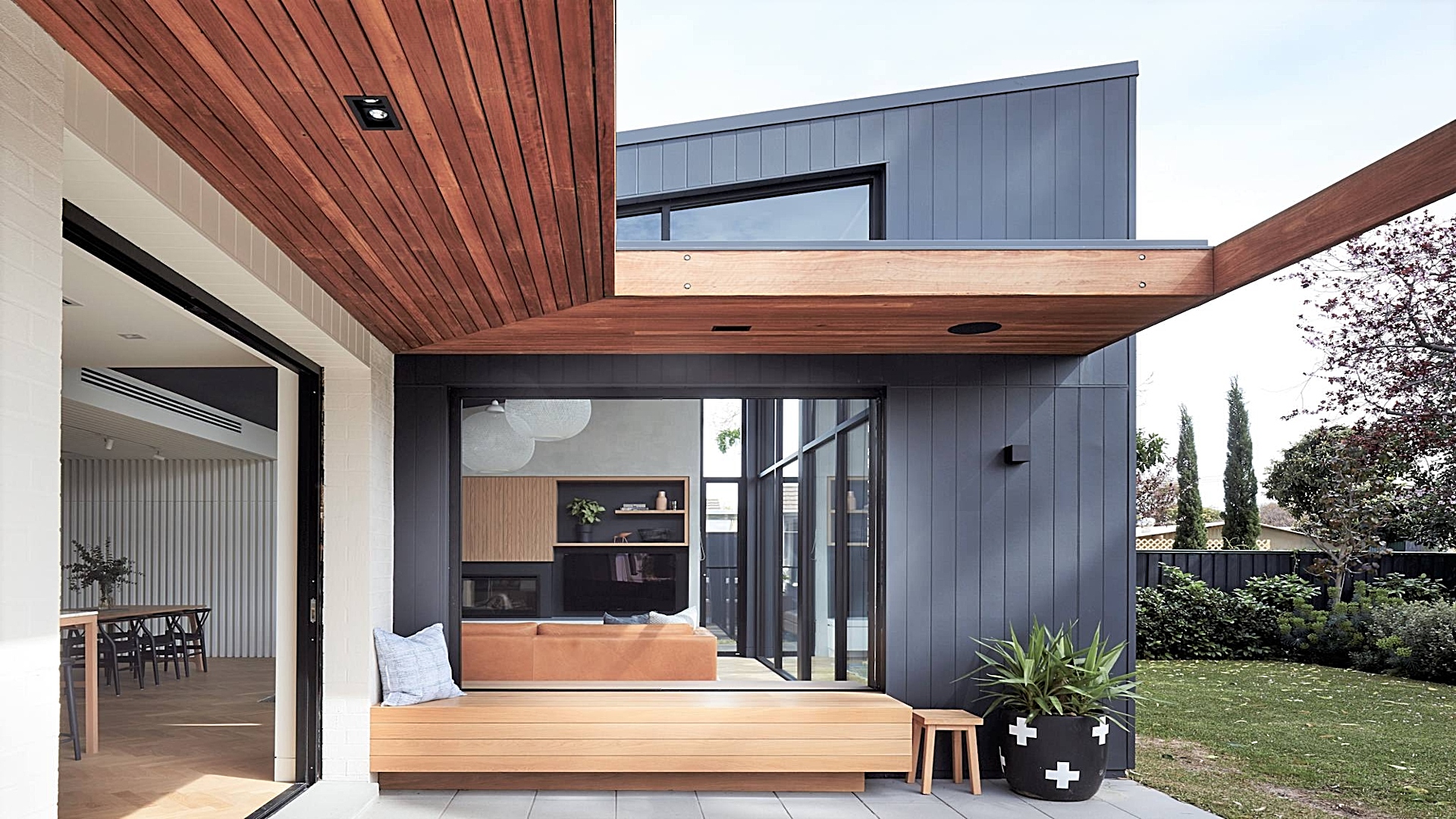Hidden costs in home construction are a common pitfall for many homeowners. The excitement of building a new home often overshadows the meticulous planning required to manage unexpected expenses. By identifying and understanding these hidden costs early on, you can better prepare your budget and avoid financial surprises down the line.
Planning and Permits: The First Wave of Hidden Costs
Permit Fees and Regulatory Approvals
One of the first hidden costs you’ll encounter is related to permits and regulatory approvals. In California, obtaining the necessary permits for home construction can be a lengthy and expensive process. According to the National Association of Home Builders (NAHB), permit fees can range from $1,000 to $10,000 depending on the scope of your project and the local regulations.
Design and Architectural Fees
While many homeowners focus on the construction costs, design and architectural fees can also add up. Engaging a professional architect or designer is crucial to ensure your home meets all local building codes and regulations. Architectural fees typically range from 5% to 15% of the total construction cost, translating to thousands of dollars that must be factored into your budget.
Site Preparation and Land Development
Before construction begins, the land must be prepared, which includes grading, clearing, and site surveying. These site preparation tasks can be costly, particularly if your lot has challenging terrain or requires significant leveling. On average, site preparation can cost between $5,000 and $15,000, depending on the complexity of the work required.
Construction Phase: Unexpected Expenses
Material Price Fluctuations
The cost of building materials can fluctuate significantly due to market conditions, tariffs, and supply chain disruptions. For instance, lumber prices saw unprecedented spikes during the COVID-19 pandemic, causing construction costs to soar. It’s important to account for potential price increases in your budget by setting aside a contingency fund, typically around 10-15% of your total construction budget.
Labor Costs
Labor costs can vary widely based on the availability of skilled workers and the complexity of your project. California’s labor market is known for being particularly competitive, which can drive up wages. Ensure you budget for higher labor costs, especially if your project requires specialized skills or involves intricate details.
Change Orders and Upgrades
Change orders, or mid-project alterations, are a common source of hidden costs. Whether due to design modifications or unforeseen issues, change orders can significantly impact your budget. To mitigate this, establish a clear plan and stick to it as closely as possible. Additionally, consider any upgrades or custom features you might want early in the planning process to avoid costly changes later.
Finishing Touches: Often Overlooked Costs
Landscaping and Exterior Work
Many homeowners forget to include landscaping and exterior work in their initial budget. A well-designed landscape can enhance the aesthetic appeal and value of your home, but it comes at a cost. Landscaping expenses can range from $5,000 to $20,000 or more, depending on the size of your property and the complexity of the design.
Interior Finishes and Fixtures
Interior finishes, such as flooring, cabinetry, and fixtures, are another area where costs can quickly add up. High-quality materials and custom designs can significantly increase your expenses. On average, homeowners spend around $25,000 to $50,000 on interior finishes, depending on their preferences and the size of the home.
Utility Connections and Installation
Connecting your home to utilities such as water, electricity, and sewage is another hidden cost that many homeowners overlook. Utility connection fees can vary based on your location and the distance from existing infrastructure. In some cases, extending utility lines to your property can cost several thousand dollars.
Long-Term Considerations: Sustainability and Maintenance
Energy Efficiency and Sustainable Building Practices
While investing in energy-efficient and sustainable building practices can increase your initial costs, they often lead to long-term savings. Solar panels, high-efficiency HVAC systems, and sustainable materials may have higher upfront costs but can reduce your energy bills and maintenance expenses over time. Consider these long-term benefits when planning your budget.
Ongoing Maintenance and Repairs
New homes, like any other, require ongoing maintenance and occasional repairs. Setting aside a maintenance fund is crucial to cover unexpected issues that arise after construction is complete. This fund should be approximately 1-2% of your home’s value annually, ensuring you’re prepared for any future maintenance needs.
Budgeting Tips: How to Prepare for Hidden Costs
Create a Detailed Budget
A detailed budget is your best defense against hidden costs. Itemize every aspect of your project, from design and permits to materials and labor. Include a contingency fund of 10-20% to cover any unexpected expenses that arise during construction.
Work with Experienced Professionals
Hiring experienced professionals can help you navigate the complexities of home construction and anticipate potential hidden costs. Choose a reputable builder, architect, and project manager with a proven track record in your area.
Regularly Review and Adjust Your Budget
Home construction is a dynamic process, and costs can change over time. Regularly review your budget and adjust it as needed to reflect any changes in materials, labor, or other expenses. This proactive approach will help you stay on track and avoid budget overruns.
Communicate Clearly and Frequently
Clear and frequent communication with your construction team is essential to avoid misunderstandings and unexpected costs. Ensure everyone involved in your project is on the same page regarding budget, timelines, and expectations.
Understanding and preparing for hidden costs in home construction is crucial for any homeowner looking to build their dream home in California. By identifying potential expenses early on, creating a detailed budget, and working with experienced professionals, you can avoid financial surprises and ensure a successful construction project. Remember, thorough planning and proactive management are key to navigating the complexities of home construction and achieving your vision within your budget.


 Builder Boy, LLC
Builder Boy, LLC